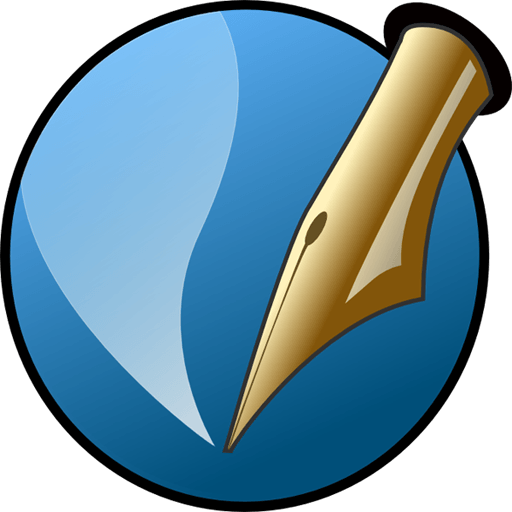Scribus is an open-source program that brings professional page layout to Linux, BSD UNIX, Solaris, OpenIndiana, GNU/Hurd, macOS, OS/2 Warp 4, eComStation, Haiku and Windows desktops with a combination of press-ready output and new approaches to page design.
Scribus helps you create great looking documents of all kinds. It also comes with a lot of support options to help you achieve the best result. There is an enthusiastic and friendly community around Scribus that assists beginners and professionals alike through our mailing list, IRC channel, wiki, contracted support, and the bug-tracker.
Underneath a modern and user-friendly interface, Scribus supports professional publishing features, such as color separations, CMYK and spot colors, ICC color management, and versatile PDF creation.
The aspect that's most easily to understand: The software is free. You don't have to pay us a dime. Scribus is distributed under the General Public License (with a few exceptions), which makes it free and legal for use in any setting, including commercial and governmental organizations. The license also permits anyone to modify the publicly available source code without having to ask for permission.
Features
- Professionals and amateurs are producing top-quality publications with Scribus, which is why the list of the Scribus success stories keeps growing year after year.
- Scribus-produced PDF files are RIP-ready. Scribus PDFs are being constantly tested on both cutting edge printing house equipment and low-budget printers. The Scribus Team makes it its highest priority to respond to PDF generation inquiries without delay. Scribus was the first software to support several new generations of Adobe's PDF specifications well ahead of the commercial software.
- The Scribus User Mailing List is very active. Many Scribus Team members, experienced users and professional DTP experts will answer questions posted on the list.
- A wealth of documentation including: How-To, Tutorials, and articles on just about any aspect of DTP and Scribus in several languages are present in our Wiki.
- Books in several languages have been published about Scribus, so you can probably find one that'll get you started right away.
What's New
The Scribus Team is pleased to announce the release of version 1.6.0. Scribus 1.6.0 is the long awaited release in the next stable series, replacing 1.4.8 and development versions in the 1.5.x series. This version has been in development for some years and contains thousands of enhancements and fixes across all areas of the program. It has more features, is faster, and is more stable. All users of versions of 1.5.x and lower should eventually migrate to 1.6.0.
The list of changes below is a high level summary of each of the changes included since 1.4.8 was released, and in each 1.5.x development version.
General
- User interface overhaul from 1.4.x including new icons, and support for light/dark mode.
- Resource Manager for online resources such as dictionaries
- Improvements to the canvas rendering on Hi-DPI screens.
- The Barcode plug-in has been updated and offers new features such as "GS1 Digital Link URIs" for retail barcoding.
- Several new commands have been added to the scripting engine, so as to make the document creation via scripts easier and more versatile. Many new Scripter commands were added as well as updates to the Scripter documentation
- A new feature is the possibility to search for a particular function, like one can in GIMP, G'MIC or Photoshop. If possible, the new dialog also shows the menu path.
- A new PDF-based output preview is now available.
- Python scripting was migrated from python version 2 to 3
- Addition of XeLaTeX support to Render Frames
- With the new "Weld" feature, objects can be combined and moved without being "grouped", i.e., each object remains fully editable.
- Scribus offers a "Symbol" or clone feature similar to other publishing programs: If one master object (Symbol) has been modified, all of its copies (clones) are modified as well.


